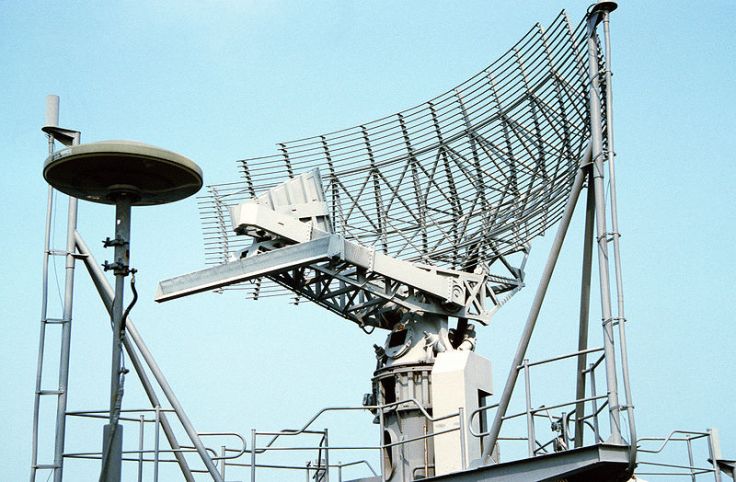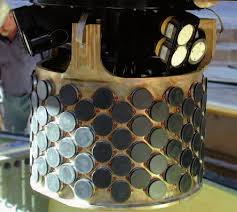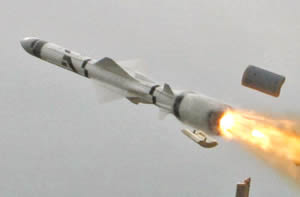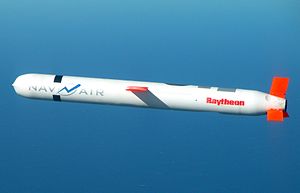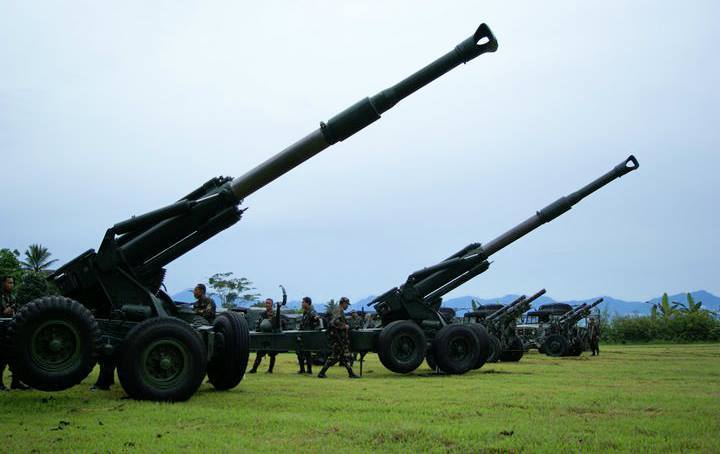First things first. This is NOT a tank. Not even a LIGHT tank. It’s a fire support vehicle or FSV. So yeah, you know what to call it the next time one of the tangke boyz starts squealing.
So what is the M113 FSV? This is basically the hull of an M113 APC, but with a turret from our Alvis FV101 Scorpion umm light tanks, armored reconnaissance vehicles, whatever they’re called. I honestly don’t know.

An Alvis FV101 Scorpion of the Philippine Army
The M113 FSV we have was modified in the Philippines. With our fleet of aging Scorpions nearing the end of their service lives, the PA saw that the turrets were still functional and it would have been a waste to throw away a working piece of equipment. So the PA decommissioned the Scorpion vehicles, but kept the turrets.
At the moment, the PA has a number of these FSV variants, however, I am unsure of the actual number. But, to add to the already present number of M113 FSV’s, the PA plans to convert more M113 APC’s into FSV’s.
The PA recently acquired 142 M113’s from US Army stocks. Of this number, 14 are to be converted into FSV’s.

PA officials inspecting the M113’s we’re receiving
So we can assume that 14 or more Scorpions are scheduled to be decommissioned as we are taking the turrets for the M113’s from the Scorpions.
So the 14 turrets will be refurbished before being installed on the M113 hull. They will be upgraded by Elbit (the same company installing remote weapons stations on our other M113’s) to include the installation of a new fire control and thermal imaging system. I assume that due to this modification, the M113 will’s that will receive it will carry less troops as the turret would take extra space for the turret operator and for ammo storage.
Overall, I think these FSV’s are really useful in their role as the M113 has proven itself to be able to traverse around Mindanao and the 76 mm gun on-board provides good fire support for our troops on the ground when artillery isn’t available. They also act as “tanks” in urban warfare situations like during the Zamboanga siege as we don’t have MBT’s. They are also more capable than the Scorpions as they not only have a 76mm gun for fire support, but also carry troops. In all, I believe that having more of these FSV variants is good for the PA.




